Top Moments
1960s
Revolutionizing Surgical & Clinical Care
The spirit of innovation continued at Cleveland Clinic throughout the 1960s, which brought liver and kidney transplants, coronary artery bypass surgery using the saphenous vein, and new interventional radiology techniques.
In July 1966, racial riots erupted in the Hough neighborhood near Cleveland Clinic. Four people died and 50 people were injured. The National Guard patrolled Euclid Avenue and other streets in the neighborhood. Although riots devastated its neighborhood, driving out residents and businesses, Cleveland Clinic remained committed to the city of Cleveland and made plans to expand.
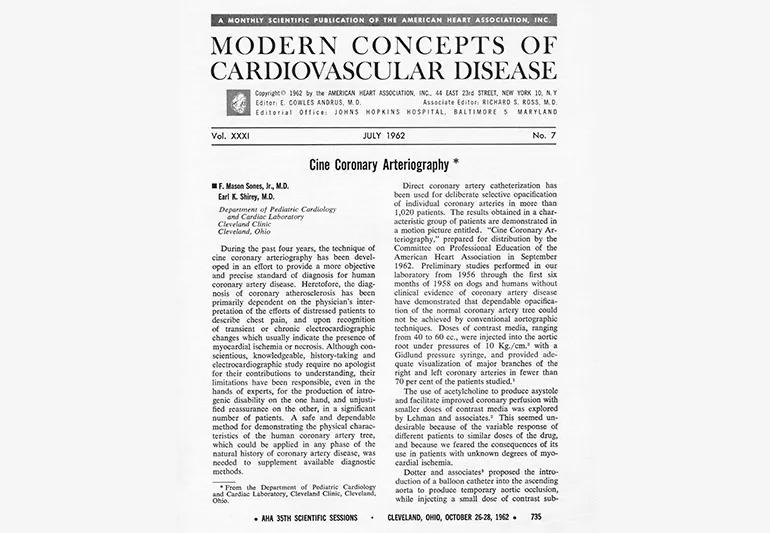
F Mason Sones, MD, and Earl Shirey, MD, publish the results of cine-coronary angiography in patients. Their careful work – determining the right doses and types of contrast dye to use – establishes the standard of care for diagnosing patients with chest pain and suspected coronary artery disease.
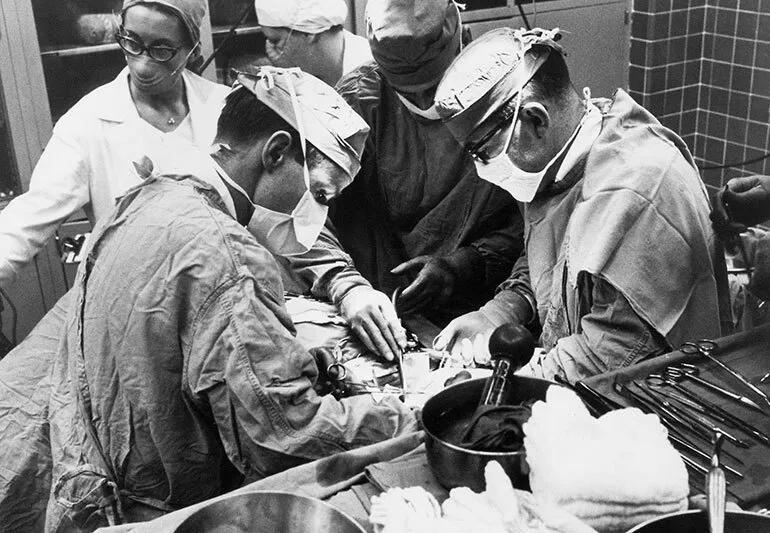
First cadaver kidney transplant
Led by Ralph Straffon, MD, Bruce Stewart, MD, and Eugene Poutasse, MD, Cleveland Clinic surgeons report the success of cadaver kidney transplants. This series made kidney transplants a practical (not experimental) option for patients with end-stage kidney disease.
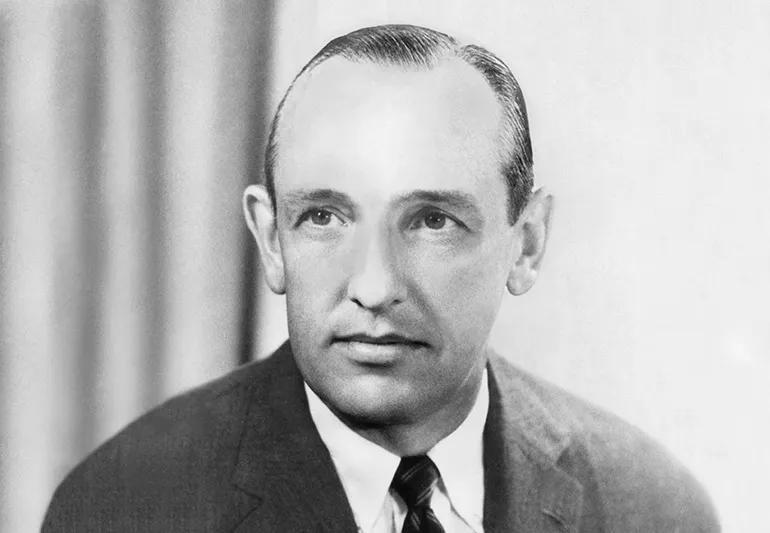
George E Enos succeeds George F Karch as President of Cleveland Clinic Foundation in 1966. Mr. Karch also served as Chair of the Board of Trustees from 1966-1968.
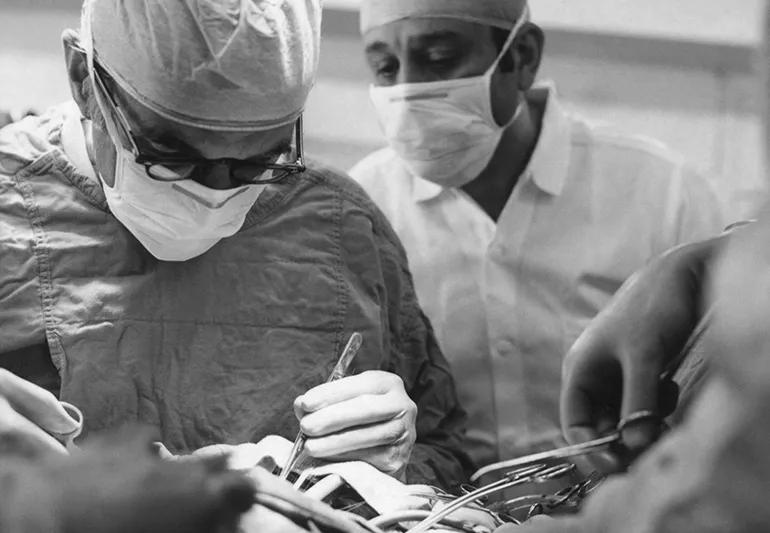
First coronary artery bypass
In 1967, René Favaloro, MD, pioneers coronary artery bypass surgery with a new procedure grafting a saphenous vein from the leg to diseased coronary arteries to increase blood flow to the heart. Dr. Favaloro publishes the world’s first reported coronary artery bypass surgery in 1968, and Cleveland Clinic’s pioneering cardiac surgery program gains new prominence.
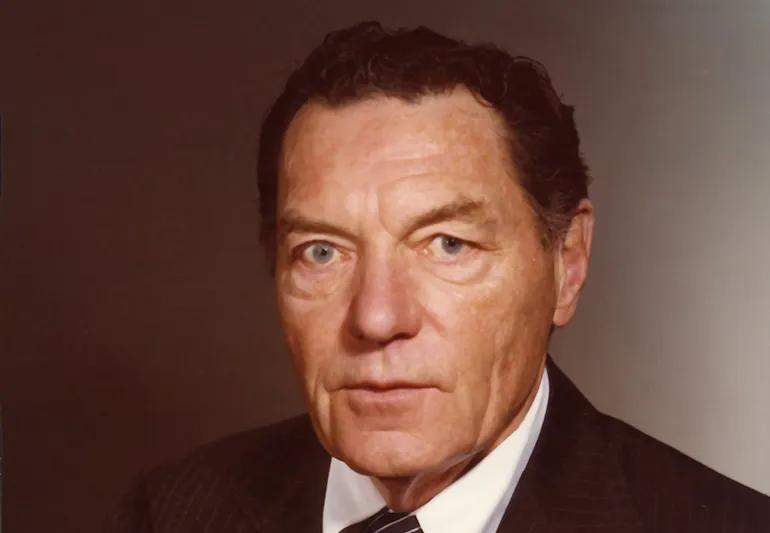
James A Hughes succeeds George Karch as Chair of the Board of Trustees in 1969. Mr. Hughes serves in this capacity from 1969-1972, and again from 1975-1984.
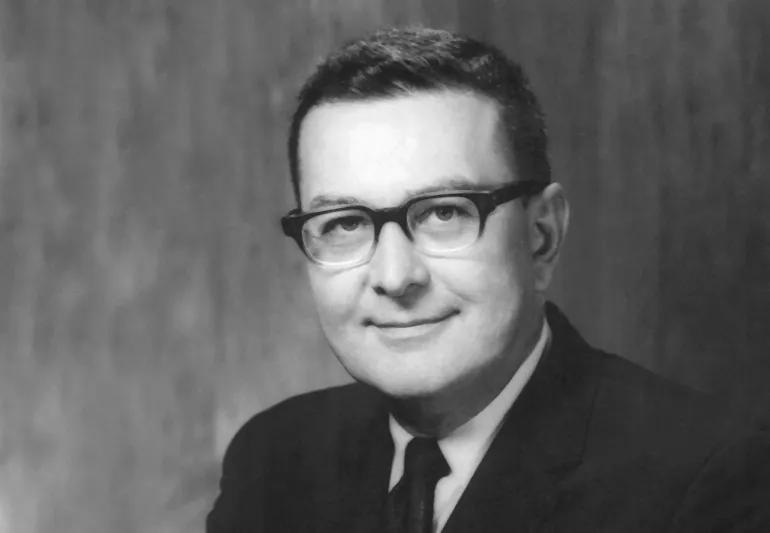
Carl E Wasmuth, MD, succeeds Fay A LeFevre, MD, as Chair of the Board of Governors in 1969.
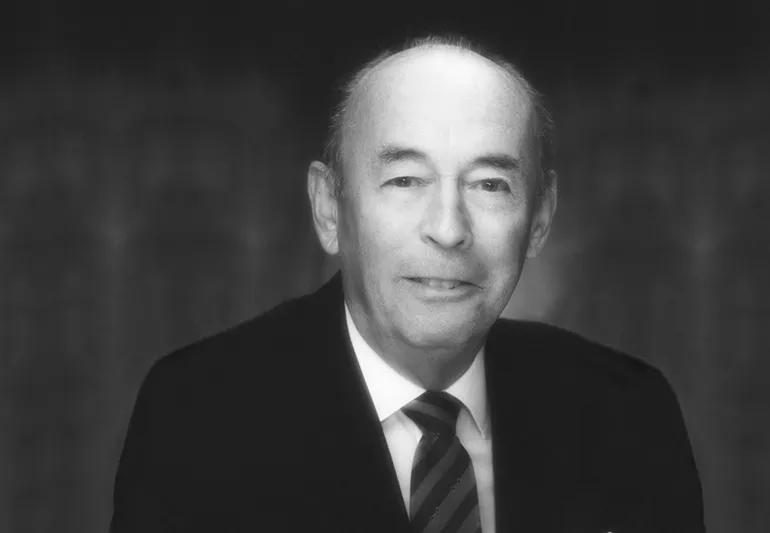
E Tom Meyer succeeds George E Enos as President of Cleveland Clinic Foundation in 1969.
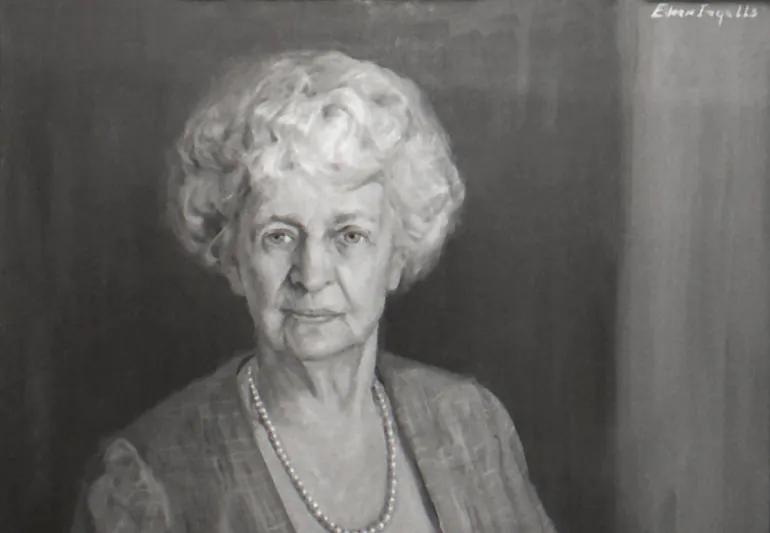
A new home for education
Cleveland Clinic’s growing educational activities got a dedicated home in 1964, when a 1962 gift from Martha Holden Jennings enabled the construction of a seven-story Education Building and an endowment to maintain it. Bunts Auditorium is the best-known feature of the Jennings Building, which formerly housed the Medical Library, Medical Publications and on-call accommodations for house staff. The functions of the Library (now the Alumni Library) and Education Institute, are now carried out in the Lerner Research Institute Building with a variety of other activities now carried out in the Jennings Building.